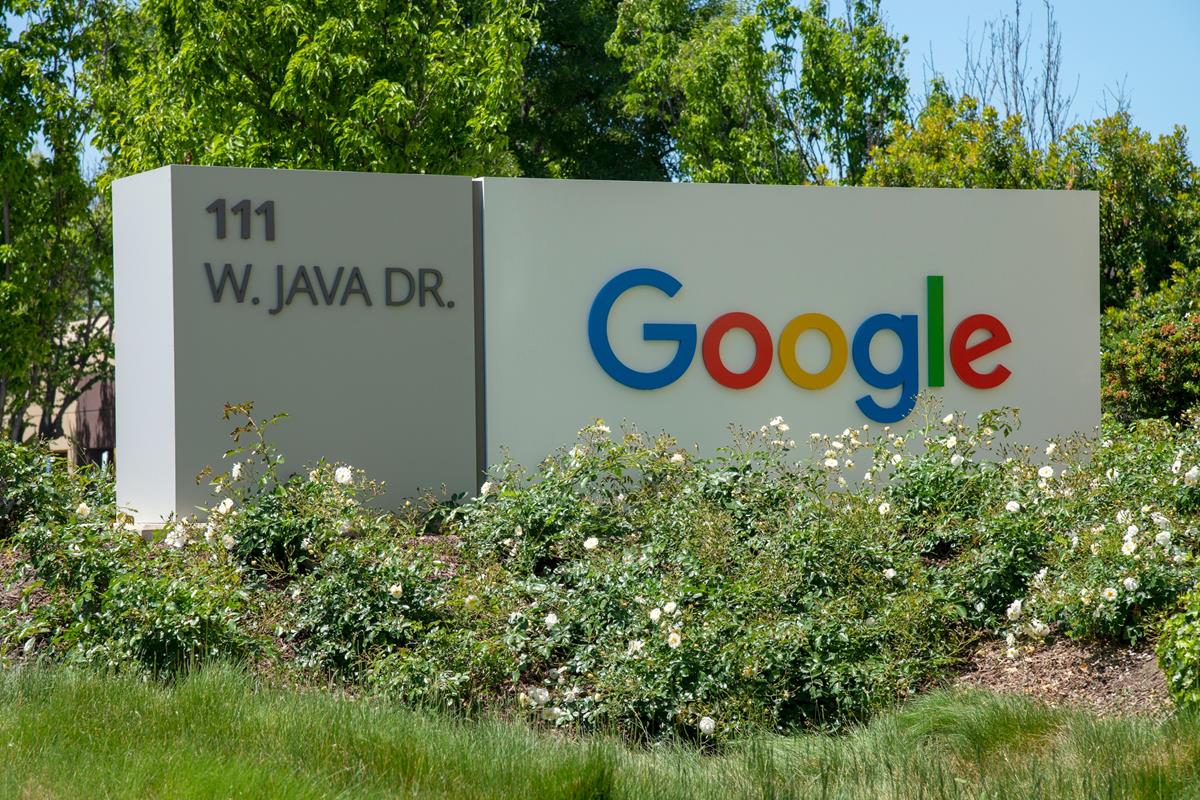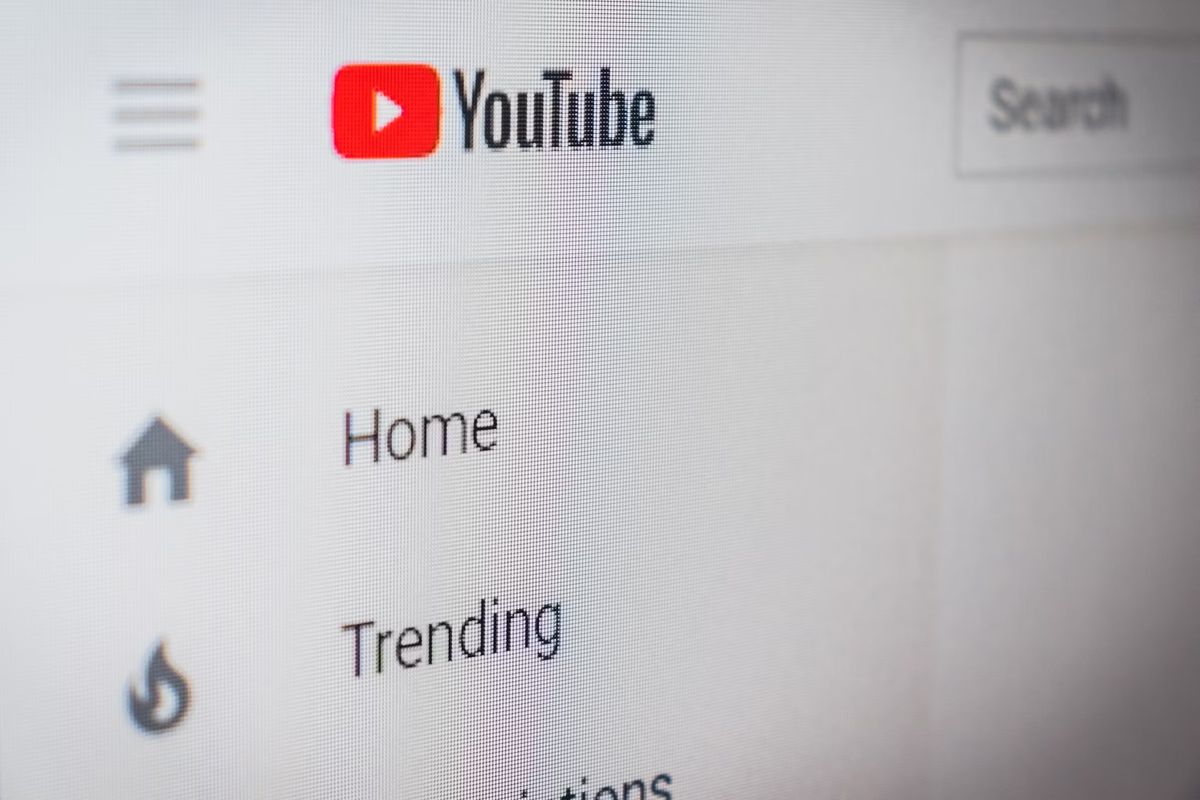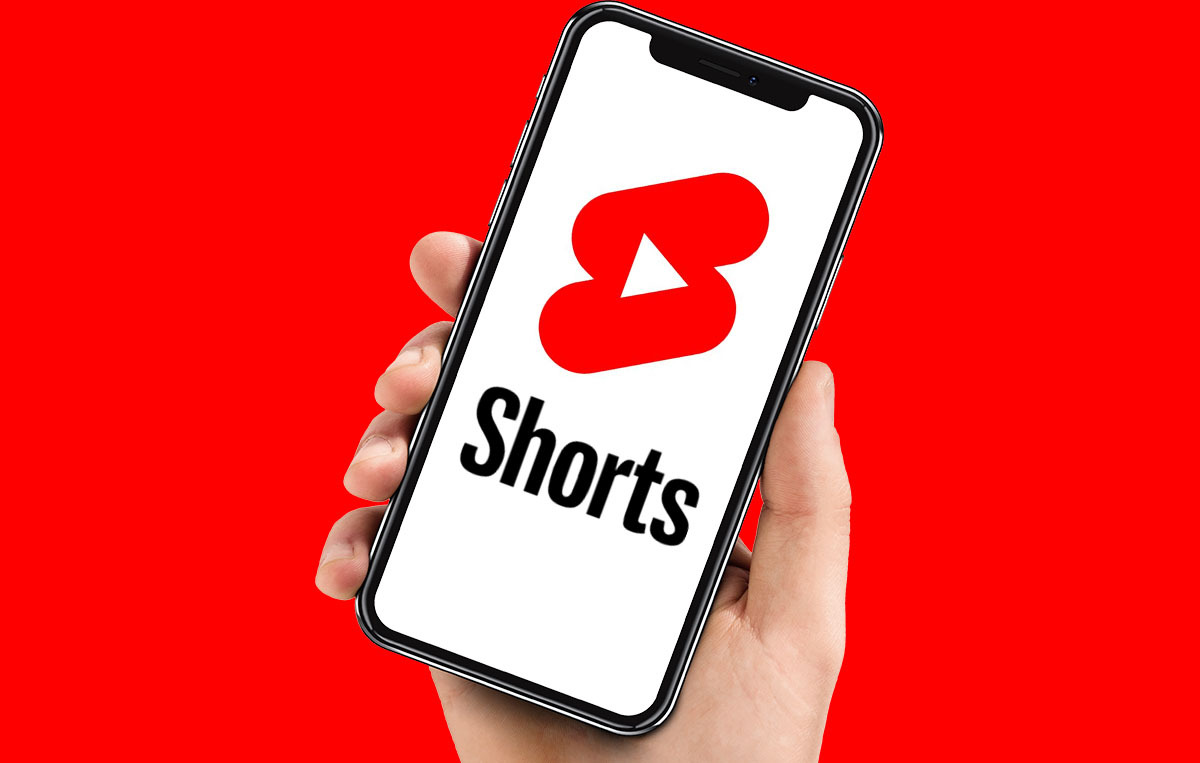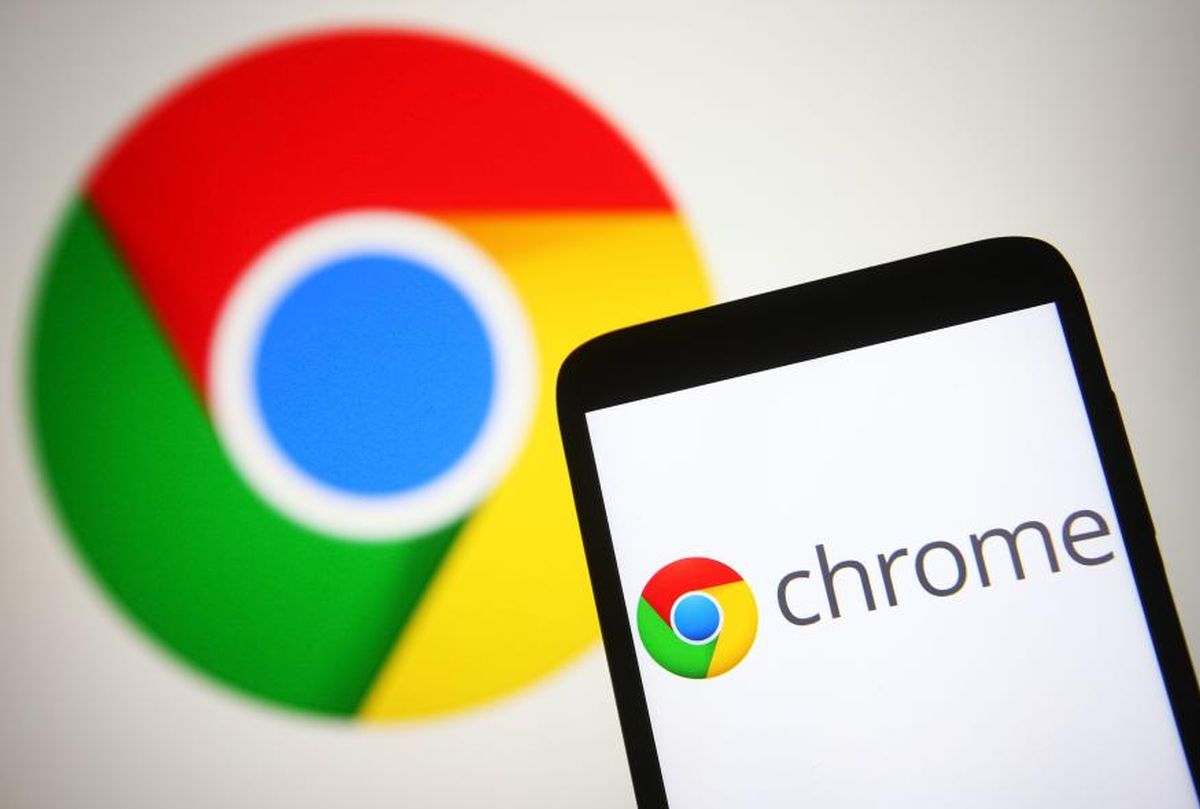YouTube embraces generative AI
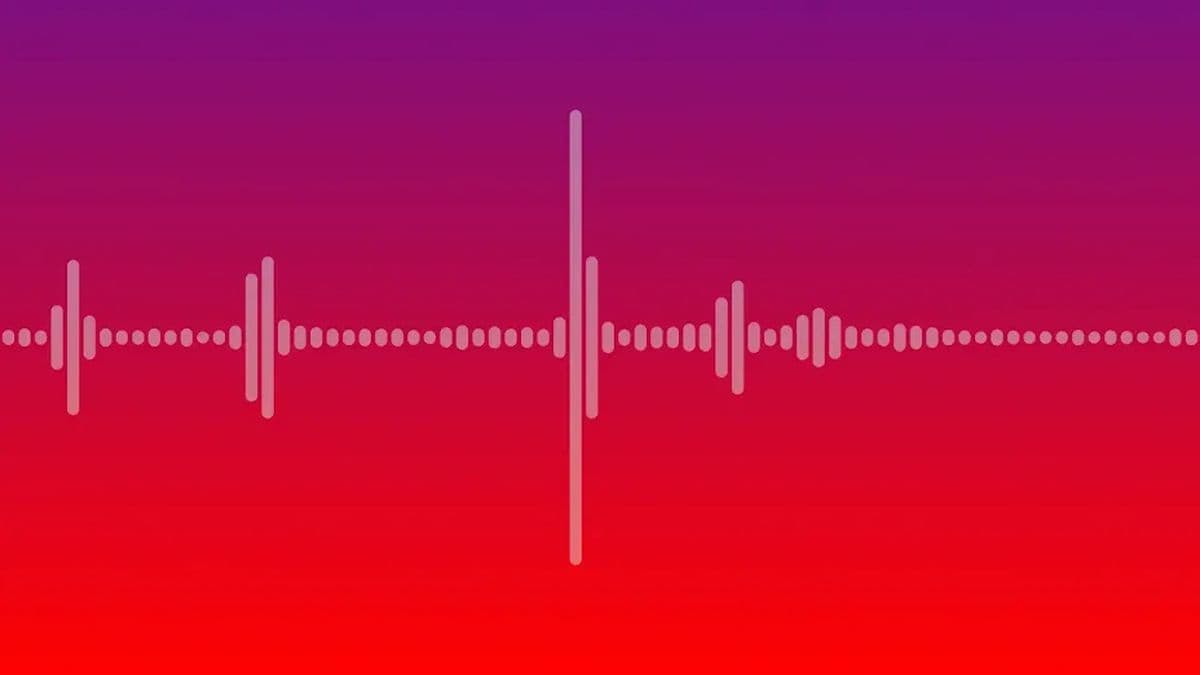
YouTube is launching a new AI-powered music generator tool called Dream Track. The tool allows users to type in an idea and select a participating artist, then it produces an original song snippet up to 30 seconds in length featuring the AI-generated voice of that artist.
YouTube is working with nine artists who have agreed to collaborate on the Dream Track experiment:
- Alec Benjamin
- Charlie Puth
- Charli XCX
- Demi Lovato
- John Legend
- Papoose
- Sia
- T-Pain
- Troye Sivan
How does YouTube Dream Track work?
With Dream Track, users can effortlessly create original song snippets up to 30 seconds long featuring the AI-generated voice of their chosen artist. This innovative tool is powered by Lyria, Google DeepMind's most advanced music-generation model to date, according to YouTube. To use Dream Track, simply enter a topic and select an artist from the carousel to generate a 30-second soundtrack for your Short.
Dream Track leverages the Lyria model to simultaneously generate lyrics, backing tracks, and AI-generated voices in the style of the selected artist. The watermark is designed to remain detectable even after common audio modifications like noise additions, MP3 compression, or speeding up and slowing down the track. SynthID can also detect the presence of the watermark throughout the track, helping determine if parts of a song were generated by Lyria.
In its early stages of development, Dream Track has the potential to revolutionize music creation and consumption. By making it easy for anyone to create unique music, Dream Track could democratize music creation and make it more accessible to everyone.
Additionally, Dream Track could be used to create new and innovative forms of music that wouldn't be possible with traditional methods.
YouTube's determination surprises
The use of AI to mimic artists' voices and styles has been fraught: Earlier this year, Universal Music Group filed copyright-infringement claims to remove an AI-generated song from YouTube and other platforms called "Heart on My Sleeve" that sounded like a collaboration between Drake and the Weeknd — neither of whom was involved with the song.
UMG chairman and CEO Lucian Grainge, commenting on YouTube's AI tests, stressed the need to balance progress with protection. "We have a fundamental responsibility to our artists to ensure the digital ecosystem evolves to protect them and their work against unauthorized exploitation, including by generative AI platforms," he said in a statement. "At the same time, we must help artists achieve their greatest creative and commercial potential — in part by providing them access to the kind of opportunities and cutting-edge creative tools made possible by AI".
Similarly, Robert Kyncl, CEO of Warner Music Group (who notably was previously YouTube's chief business officer) identified "challenges and opportunities" posed by AI. "YouTube is taking a collaborative approach with this beta," he said. "These artists are being offered the choice to lean in, and we're pleased to experiment and find out what the creators come up with".
In a video about the new AI experiments, Cohen called out another tool — one that lets you sing a few bars of melody to create a horn section.
"The potential of AI is incredibly exciting," Cohen said. "But with any new technology, we have to approach it responsibly and that's not lost on us. It starts by recognizing that artificial intelligence is meant to amplify human creativity — not replace it." He cited YouTube's recently released statement of principles in working with the music industry on AI.
On the guardrails front, this week YouTube announced new policies requiring creators to indicate when they've uploaded AI-generated content and said it will introduce new ways to request the removal of content on YouTube that "simulates an identifiable individual" or "mimics an artist's unique singing or rapping voice" without permission.
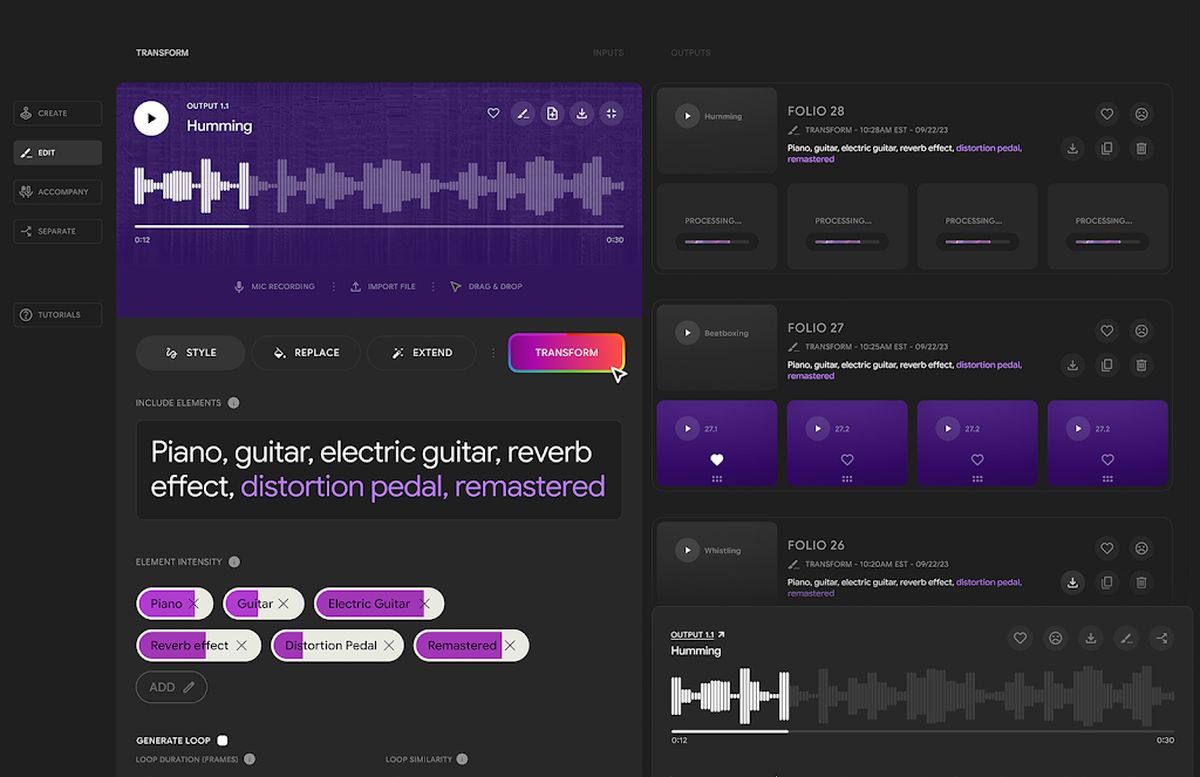
In addition to Dream Track, YouTube is also developing a suite of music AI tools that can be used by artists, songwriters, and producers with Google Deepmind. These tools include the ability to sing a melody to create a horn line, transform chords from a MIDI keyboard into a realistic vocal choir, or add an instrumental accompaniment to a vocal track.
YouTube is committed to developing and deploying its music AI technologies responsibly. To this end, the company is working with artists and the music industry to develop best-in-class protections for these technologies. YouTube is also using watermarking technology to identify AI-generated audio content.
Featured image credit: Google Deepmind
Now you: What do you think about the use of AI in the music industry?
Advertisement



